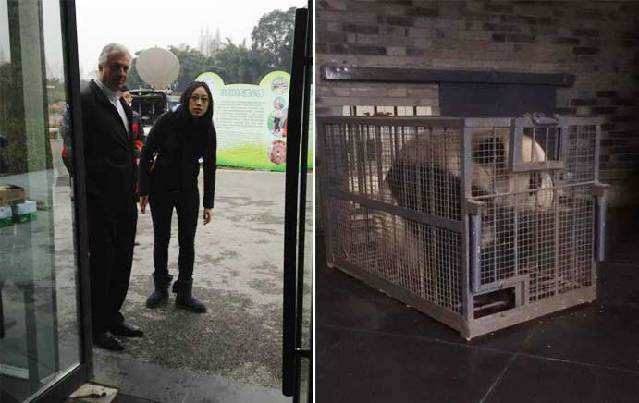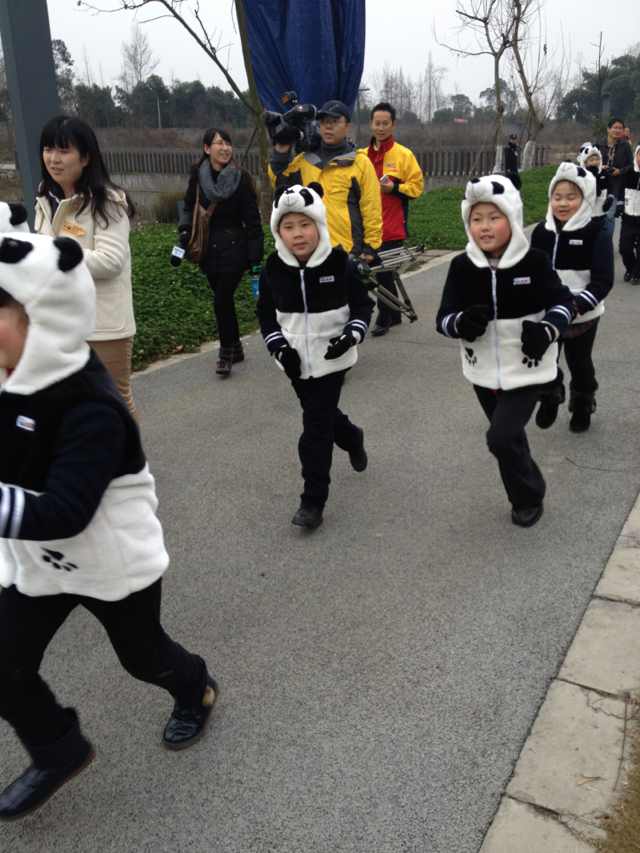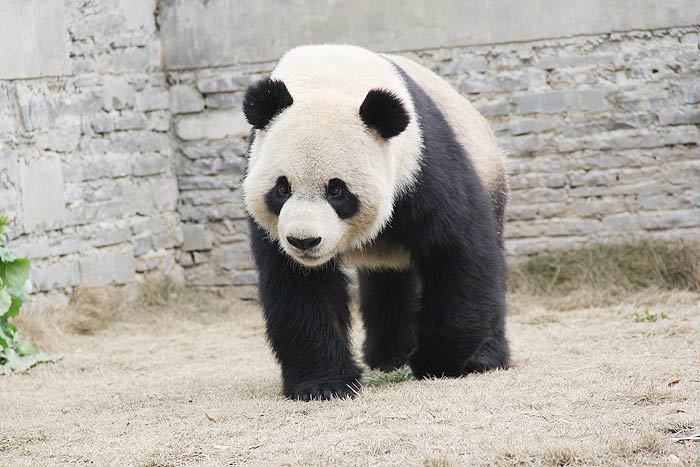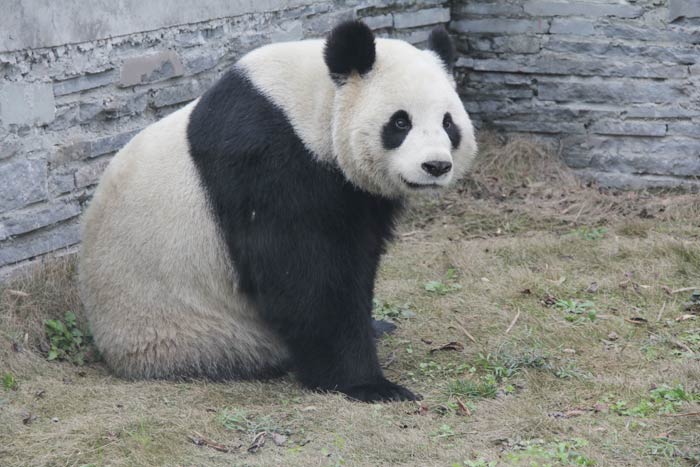Background: How to legally get a panda
By 1982, 24 Chinese giant pandas had been presented to nine countries including the former Soviet Union, the Democratic People's Republic of Korea (DPRK), the United States, Japan, France, Britain, Mexico, Spain and the Federal Republic of Germany.
Donations to other countries stopped in the 1980s. The only way to get a panda now is by leasing one, or through research cooperation.
Currently, 43 guest pandas, including their foreign-born cubs, live in 17 zoos in 12 countries who have established research cooperation with China. Among these, 41 belong to China.The Mexican pair are descendants of those donated in the 1980s.
When choosing pandas to go on missions abroad, a pair of hometown friends are usually chosen. Although it is an "arranged marriage", it helps breeding research. In Zhang Hemin's words, "do not waste giant pandas' youth."
If a foreign country wants a giant panda, step one is submitting an application, but not all applications are accepted. Climate, facilities, technology and potential panda habitat are taken into consideration. The preparations often take over a year.
Keeper

Transferring




Background: China’s panda-sending history
In the 1950s, China sent pandas as gifts to friendly countries. The most successful donation being that of two pandas to the US in 1972, a move announced during President Richard Nixon's historic visit to China which marked the beginning of normalized Sino-US relations.
According to China's third national giant panda population survey, by October 2011 there were less than 1,600 pandas living in the wild and 333 in captivity. Giant pandas usually have a life span of 18 to 20 years in the wild, and more than 30 years in captivity. Their main habitats mountainous regions in Sichuan, Shaanxi and Gansu.
In 1982, in acknowledgement of the decline in panda numbers, the Chinese government stopped giving them as gifts. Instead the animals were "loaned", usually via renewable 10-year rental terms. China also banned any form of overseas panda tours for private profit.
The nature of panda exchanges has changed into an exercise focused on protecting the species through collaborative research, and China is seeking multiple ways to set up solutions for further cooperation.

Xing Hui, the male, and Hao Hao, the female, are both four years old and are bound for Belgium's Pairi Daiza zoo for the next 15 years.
Michel Malherbe said the pair symbolize China's trust in Belgium, since very few countries had received pandas for such a long period of time.
"They can be a symbol of deeper understanding and friendship between the younger generations of both countries," he said.
Belgium is willing to deepen bilateral cooperation with China in such fields as high-level visits, foreign investment and people-to-people exchange, especially among younger generations.


The Dujiangyan base of the China Conservation and Research Center for the Giant Panda was built in 2011 with financial support from the Hong Kong SAR government following the May 12, 2008, Sichuan earthquake and was officially opened in March 2013.
Located in Shiqiao village, Qingcheng Mountain township of Dujiangyan city, the panda base is modeled on a typical western Sichuan folk house filled with bamboo and grass. The area boasts an excellent ecological environment, plenty of edible bamboo for pandas and a pollution-free water source.
Covering a total area of 506,667 square meters and a construction area of 12,542 square meters, the base consists of six functional zones: rescue and quarantine, disease control and research, rehabilitation, training and feeding, reception and education, natural vegetation and service.
As China's first research base for the rescue and disease control of wild giant pandas, the base can help or manage rescue work of up to 40 giant pandas at a time. The first batch of 10 injured pandas moved into the base at its 2013 opening.
Dujiangyan Base will open to tourists this year.
Previous report: Beyond 'panda diplomacy'
The world loves pandas. The enigmatic, retiring beasts have become a global symbol of international friendship since China first began sending them as gifts to foreign countries in the 1950s.
Until now, that is.
In September, the decision by Belgian Prime Minister Elio Di Rupo to locate a pair of giant pandas at Pairi Daiza zoo in the French-speaking region of Wallonia sparked widespread anger among the country's Flemish-speaking population.
Video stars
Cell phone video taken by a China Daily reporter shows Xinghui, the male panda to be shipped to Belgium on Saturday.
Cell phone video taken by a China Daily reporter shows a 7-year-old giant panda Wang Jia at the Ya'an Bifengxia Base of China Conservation and Research Center for the Giant Panda.
Photos

Panda Xing Hui, the male born on July 22, 2009, weighs 110 kilograms and loves bamboo leaves. He also loves playing with peers and the feeder.

The female panda, Hao Hao, born on July 7, 2009, weighing 118 kilograms, is a beautiful lady in panda circles. She once participated in the 16th Guangzhou Asian Games.

Copyright 1995 - 2014 . All rights reserved. The content (including but not limited to text, photo, multimedia information, etc) published in this site belongs to China Daily Information Co (CDIC). Without written authorization from CDIC, such content shall not be republished or used in any form. Note: Browsers with 1024*768 or higher resolution are suggested for this site.
License for publishing multimedia online 0108263 Registration Number: 20100000002731 ![]()